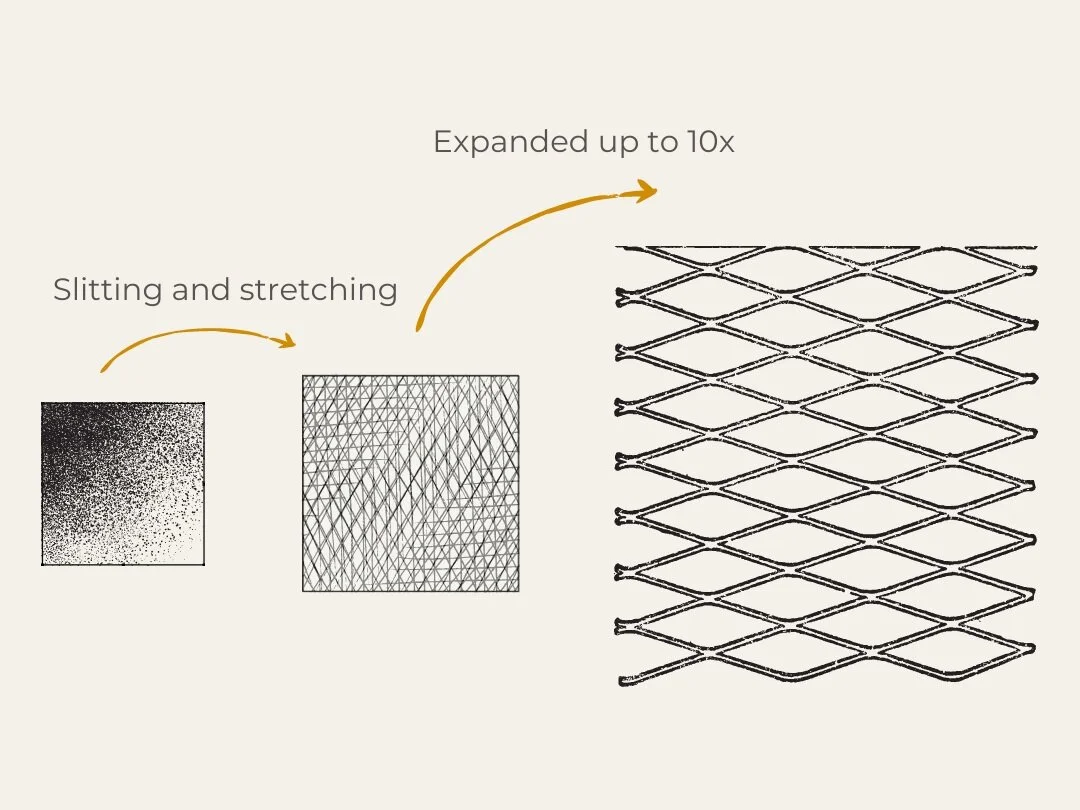Singapore’s push towards sustainable design: The rise of Green building materials
Buzzwords like ‘sustainability’, ‘eco-friendly’ and ‘green’ have dominated the construction industry in recent years. What exactly do these words mean and why should you care?
Going green is the New Standard
Singapore has been a global source of inspiration for urban design. The city’s urban landscape is characterised with a cool mix of lush greenery, glass and metal - a visual representation of how architecture of the future can be both smart, sleek, and sustainable. While architecture marvels in their own right, what sets Singapore’s urban buildings apart is its government-led commitment to green initiatives. Builders are incentivised to adhere to sustainable design practices, with initiatives such as the BCA Green Mark scheme and a Green Masterplan in the works.
Going green is no longer a trend, but a standard.
Builders that do not keep up with sustainable design and architecture will be left behind.
What are green building materials?
According to the BCA’s report on Sustainable Construction Materials for Buildings, green materials have the following properties:
- Green building materials help construct energy-efficient structures
- Green building materials require less use of natural resources when manufactured
- Green building materials have high reusability, thereby reducing waste
As far as building materials go, expanded metals and perforated metals are one of the most sustainable.
Expanded metals cool down buildings
Singapore is very hot and humid - even our homes are not spared from the heat. With the rise in WFH, we have never been so reliant on aircon to help us power through our work days.
What if there was a material that could help you be less reliant on aircon?
Performance testing indicates that expanded metals have excellent shading properties, blocking solar radiation to promote cooler interiors. This is because the 3D structure of expanded mesh breaks up the transmission of solar radiation from the exterior to interior, cooling down hot spaces with direct sunlight.
Expanded metals are an energy-saving feature - the lower perforation/% open area of the expanded metal, the better its cooling ability. Similar studies have been conducted on perforated metals that yield similar results.
Conclusion: Using expanded and perforated metals as facades promote cooler interiors, lower aircon bills and promote energy efficient buildings. Triple win.
Expanded metals require less natural resources to make
Very little waste is created as expanded metal is obtained using a unique shearing and stretching process. The base raw materials are expanded by up to 10X. The transformation of raw material into finished expanded metal is also a cold process, which saves a lot of energy ordinarily required to process and manufacture building materials.
Conclusion: Expanded metals do more with less. Less raw material, less wastage, less energy required for manufacture.
Metals have high reusability and recyclability
Metal is a cradle-to-cradle material - it can be recycled infinitely after it is melted down to its molten form. Thus, more steel and aluminium are recycled each year than paper, glass and plastic combined.
Singapore’s future for sustainable design
The construction industry needs to make a choice to ensure a better life for everyone now and for future generations. With the Singapore government making an effort to use only eco-friendly building materials, we foresee that government projects will propel the purchase of building materials that meet high efficiency or sustainability standards.
At Supply Bay, we want to be a force for good. We’re optimistic about the potential of sustainable architecture and would like to work closely with architects and designers to realise their ideas for efficient, sustainable buildings. If you’ve got a project you’d like to collaborate on, do contact us and we can discuss the possibilities our products can offer.





